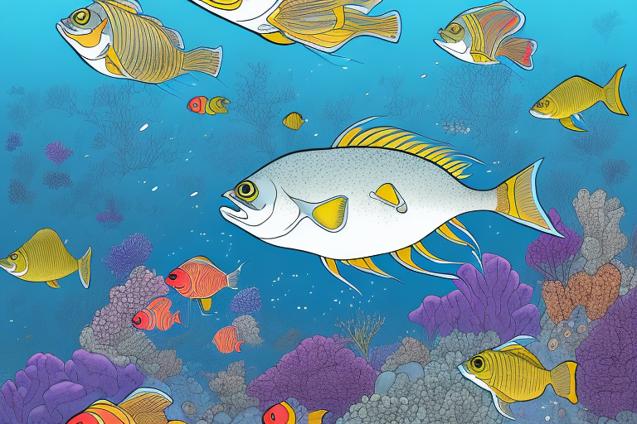
Discover the impact of microplastics on marine life and how you can reduce your plastic waste while sailing to protect the oceans we love.
The Impact of Microplastics on Marine Life
As we embark on our sailing adventures, it’s essential to be aware of the environmental impact we have on the oceans and marine life. One of the most significant issues facing our oceans today is the presence of microplastics. In this article, we will explore the impact of microplastics on marine life and discuss ways to reduce plastic waste while sailing.
What are Microplastics?
Microplastics are tiny plastic particles, typically smaller than 5mm in size, that have either been manufactured to be small (such as microbeads in personal care products) or have broken down from larger plastic items over time. These particles can be found in various shapes and sizes, including fibers, fragments, and spheres.
Due to their small size, microplastics are easily ingested by marine life, leading to a range of harmful effects on their health and the broader marine ecosystem. Microplastics have been found in various marine species, from plankton to whales, and have even been discovered in the deepest parts of the ocean.
How do Microplastics Enter the Ocean?
There are several ways microplastics can enter the ocean, including:
-
Direct release: Microplastics can be directly released into the ocean through activities such as washing synthetic clothing, using personal care products containing microbeads, and industrial processes.
-
Breakdown of larger plastic items: Over time, larger plastic items such as bottles, bags, and fishing gear break down into smaller particles due to exposure to sunlight, waves, and other environmental factors.
-
Land-based sources: Microplastics can enter the ocean through land-based sources such as stormwater runoff, wastewater treatment plants, and littering.
-
Atmospheric deposition: Microplastics can also be transported through the atmosphere and deposited into the ocean.
The Effects of Microplastics on Marine Life
Microplastics pose a significant threat to marine life, with numerous studies highlighting the harmful effects of these particles on various species. Some of the key impacts of microplastics on marine life include:
Ingestion
Marine animals can accidentally ingest microplastics while feeding, mistaking them for food. This can lead to a range of issues, including:
-
Physical damage: Microplastics can cause physical damage to the digestive system of marine animals, leading to injury or even death.
-
Reduced nutrient absorption: Ingested microplastics can block the digestive system, reducing the animal’s ability to absorb nutrients from its food.
-
Starvation: Microplastics can create a false sense of fullness in marine animals, leading to reduced food intake and, ultimately, starvation.
Entanglement
Microplastics, particularly fibers and fragments, can become entangled in the bodies of marine animals, causing injury, impaired movement, and even death.
Toxin Exposure
Microplastics can absorb and concentrate toxins from the surrounding environment, such as pesticides and heavy metals. When ingested by marine animals, these toxins can be transferred to their tissues, leading to a range of health issues, including reproductive problems, immune system suppression, and neurological damage.
Trophic Transfer
Microplastics ingested by smaller marine animals can be transferred up the food chain as these animals are consumed by larger predators. This can lead to a concentration of microplastics and associated toxins in top predators, including humans who consume seafood.
Reducing Plastic Waste While Sailing
As sailors and ocean enthusiasts, we have a responsibility to minimize our impact on the marine environment. Here are some practical steps we can take to reduce plastic waste while sailing:
-
Avoid single-use plastics: Opt for reusable items such as water bottles, food containers, and shopping bags to reduce the amount of plastic waste generated on your sailing adventures.
-
Choose eco-friendly personal care products: Avoid using personal care products that contain microbeads, and opt for natural, biodegradable alternatives instead.
-
Properly dispose of waste: Ensure all waste, including plastic items, is securely stored and disposed of correctly when you return to shore.
-
Participate in beach clean-ups: Join local beach clean-up events or organize your own to help remove plastic waste from the marine environment.
-
Spread awareness: Share information about the impacts of microplastics on marine life with fellow sailors and encourage them to adopt more sustainable practices.
Conclusion
The presence of microplastics in our oceans poses a significant threat to marine life and the broader marine ecosystem. As sailors, we have a responsibility to minimize our impact on the environment and protect the oceans we love. By understanding the effects of microplastics on marine life and taking steps to reduce plastic waste while sailing, we can contribute to a healthier, more sustainable ocean for future generations to enjoy.